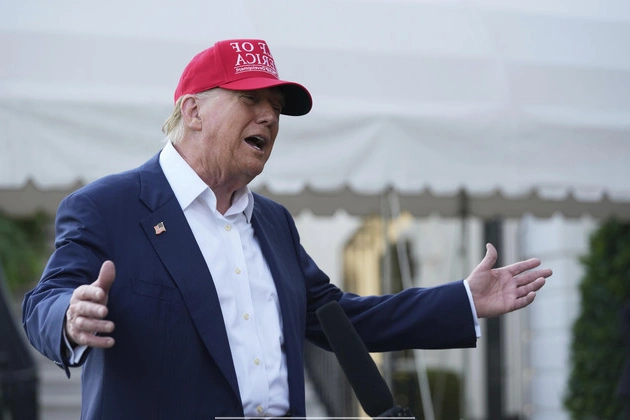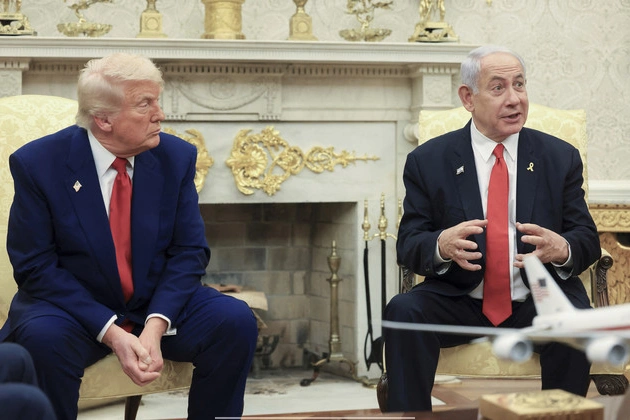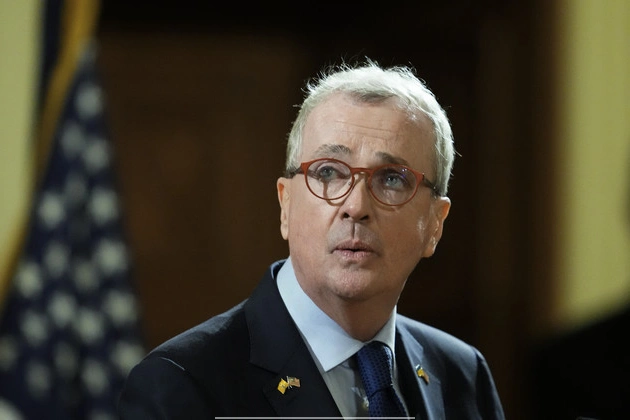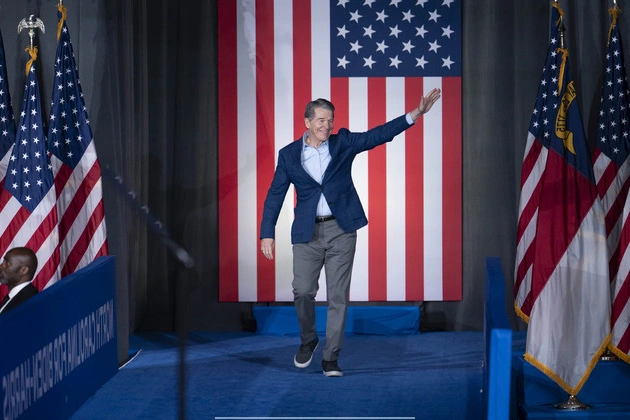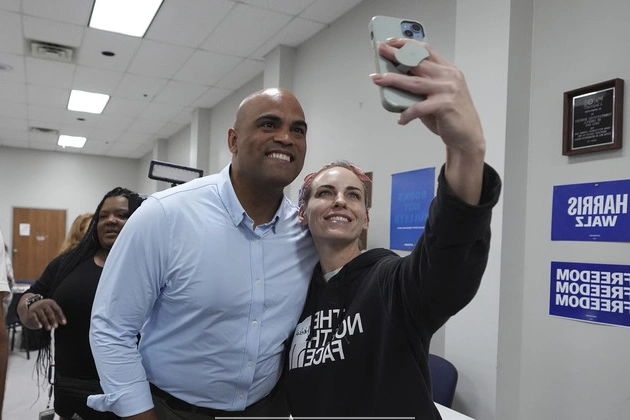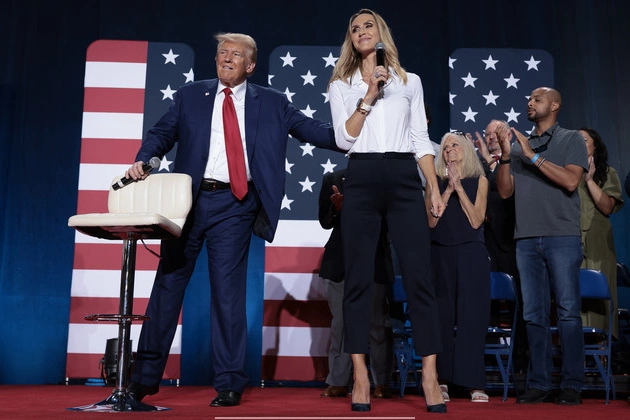
Canada and the United States are facing a new era in their trade relations, marked by Prime Minister Mark Carney’s declaration that the traditional relationship is over. This shift comes in response to President Donald Trump’s proposed auto tariffs, which have the potential to significantly impact both countries’ economies.
Carney emphasized the need for Canada to assert its sovereignty in the face of these threats, signaling a departure from the deep economic integration and security cooperation that characterized the old relationship. As both countries brace for potential tariff implementations, the auto industry stands at a critical juncture, with warnings of imminent shutdowns echoing through the sector.
The Impact of Tariffs on the Auto Industry
President Trump’s plan to impose tariffs on auto imports from Canada, the European Union, Japan, and South Korea has triggered concerns about the industry’s future. Flavio Volpe, president of the Automotive Parts Manufacturers Association of Canada, warned of the devastating consequences that could unfold if the tariffs come into effect.
With the specter of plant closures looming, stakeholders are navigating a complex landscape of uncertainty. Ontario Premier Doug Ford’s discussions with Commerce Secretary Howard Lutnick shed light on the intricate web of trade relationships and the potential ramifications for various sectors.
Strategies for Mitigating Tariff Impacts
Amidst the escalating trade tensions, Carney reiterated Canada’s readiness to retaliate with tariffs on U.S. products. The government’s stance reflects a commitment to safeguarding Canadian interests while seeking a resolution to the trade dispute.
As the rhetoric between leaders intensifies, stakeholders in the auto industry and beyond are bracing for the fallout. Lana Payne of Unifor underscored the importance of protecting auto workers and holding firm against attempts to shift production away from Canada.
Building Resilience in Uncertain Times
As the trade landscape evolves, Canadian premiers are rallying behind Carney’s leadership, emphasizing the need for unity in the face of economic challenges. Discussions around renegotiating trade agreements and seeking tariff relief underscore the urgency of finding common ground amid diverging interests.
Despite the uncertainties ahead, stakeholders across sectors are mobilizing to weather the storm and protect the interests of their respective constituencies. The coming days will test the resilience and adaptability of both Canadian and American industries as they navigate the turbulent waters of trade disputes and tariff threats.






